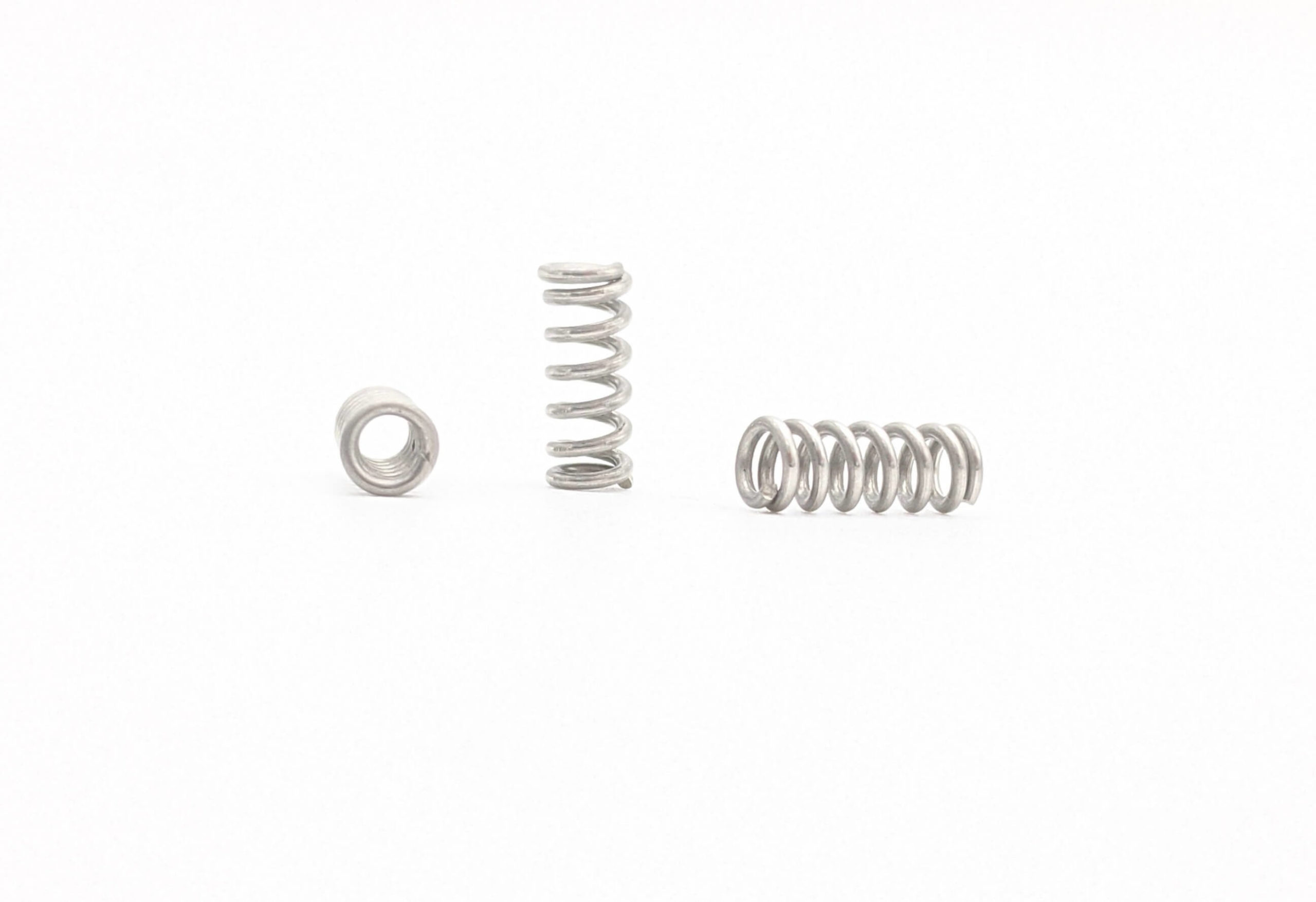Get unique, complex parts easily. No matter your requirements, Chaoyi Spring creates hard-to-produce coil springs and wire forms.
Let us help you create the custom wire form you need, from S-hooks and J-hooks to utility hooks and more.
We work closely with customers across a wide range of industries, helping them design and manufacture made-to-order parts.
Why choose Chaoyi Spring? We prioritize customer-focused collaboration, modern equipment and the latest technology to make your parts per print.
Find the information and guidance you need, from measuring a spring to learning about materials, placing an order and much more.
Springs, those ubiquitous coiled wonders, are essential components in countless machines and devices. They store and release energy, provide cushioning, and facilitate movement. But have you ever wondered about the


Springs, those ubiquitous coiled wonders, are essential components in countless machines and devices. They store and release energy, provide cushioning, and facilitate movement. But have you ever wondered about the maximum compression a spring can withstand before it permanently deforms or breaks? This question is critical for engineers and designers who rely on springs to perform reliably under specific loads. In this article, we'll delve into the factors that determine a spring's maximum compression, explore the concepts of spring rate and stress, and discuss the importance of choosing the right spring for your application.

Springs are designed to deform elastically, meaning they return to their original shape after a load is removed. This elasticity is governed by Hooke's Law, which states that the force exerted by a spring is directly proportional to its displacement from its equilibrium position. However, there's a limit to this elasticity. As the load on a spring increases, the internal stresses within the spring material rise. When these stresses exceed the material's yield strength, the spring will permanently deform, losing its ability to return to its original shape.
Several factors influence the maximum compression a spring can handle, including:
While a precise formula for maximum compression is not readily available due to the complex interplay of factors, we can use some basic principles to estimate the maximum compression:
1. **Calculate the spring rate (k):** This can be determined experimentally or using engineering formulas based on the spring's geometry and material properties.
2. **Determine the yield strength (Sy) of the spring material:** This information is typically provided by the material supplier.
3. **Estimate the maximum load (Fmax) that the spring can handle before yielding:** This can be calculated using the formula:
Fmax = Sy * A
where A is the cross-sectional area of the spring wire.
4. **Estimate the maximum compression (δmax) using the formula:**
δmax = Fmax / k
It's essential to remember that these calculations are approximations and might not capture all complexities of real-world spring behavior. Safety factors should always be considered in design to account for variations in material properties, manufacturing tolerances, and other uncertainties.
Selecting the right spring for your application is critical. Consider the following factors:
By carefully considering these factors, you can ensure that the spring you choose will perform reliably and meet your design needs.
While calculations can provide valuable insights, it's always recommended to perform testing to validate the design and determine the actual maximum compression of a spring. Testing can involve applying loads to the spring and monitoring its deflection and performance. This allows for real-world verification of the spring's capabilities.
Understanding the factors that influence maximum compression is essential for ensuring the reliable performance of spring-based systems. By carefully choosing the right spring material, design, and considering safety factors, engineers and designers can ensure that their springs can withstand the intended loads without permanent deformation or failure. Remember, the maximum compression of a spring is not just a theoretical concept, but a critical factor in the practical application of springs in various fields.
The maximum compression of a spring is a crucial parameter that determines its performance and lifespan. By understanding the factors affecting this limit and employing proper design and testing practices, we can ensure that springs contribute to reliable and safe operation in various applications, from everyday objects to complex machinery.
Browse some of the custom wire forms and springs that we manufacture. Don’t see what you need? We specialize in made-to-order products that meet your application requirements.
Visit Our GalleryNeed a custom wire form or coil spring? We make it work. Fill out the contact form and a representative will respond within 1 business day. If you have a PDF or CAD file, you can submit to request a quote.